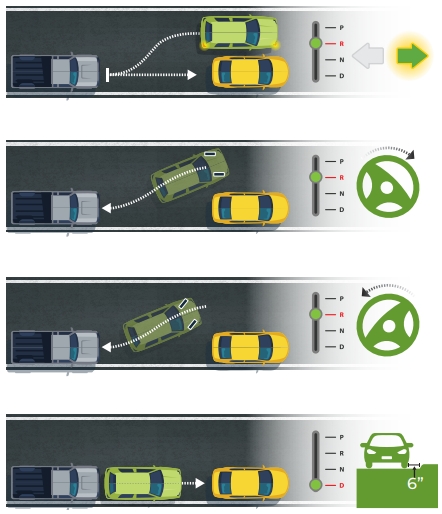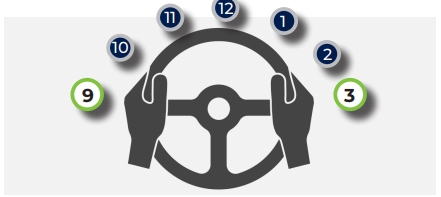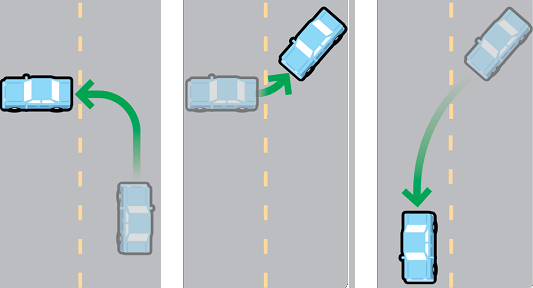Our Blog

Paralell Parking
Parallel parking is the most common type of parking on city streets. A motorist must be able to parallel park a vehicle to pass the MVC’s road test. This takes the most practice for a new motorist. A motorist should practice often, in an empty parking lot at first. Flags or markers 25 feet apart may be used to show where the other vehicles would be. If a motorist hits the flags or markers, he/she is not ready for parking between real vehicles and should keep practicing. The slower and smoother a motorist backs into a parking space, the easier it is to park. To properly parallel park, a motorist should:
• Find a parking space that is large enough to fit the vehicle.
• Signal for a stop and signal to the right to alert motorists that the vehicle will back up to the right.
• Pull up alongside (parallel) about two to four feet from the vehicle in front.
• Turn and check to see that the way is clear behind the vehicle before backing up.
• Turn his/her body to look out the rear window of the vehicle. Begin backing up slowly for about two feet and turn the steering wheel all the way to the right.
• When the front of the vehicle has cleared the rear bumper of the vehicle in front, stop and check the angle.
• Make sure the right back wheel has not hit the curb.
• Turn the steering wheel all the way to the left while beginning to back up slowly.
• Make sure the vehicle can clear its back bumper.
• When the vehicle is in line, stop. Be sure not to hit the vehicle in back.
• Turn the vehicle’s wheels straight, and drive to the center of the parking space. The vehicle’s tires should be no more than six inches from the curb.





